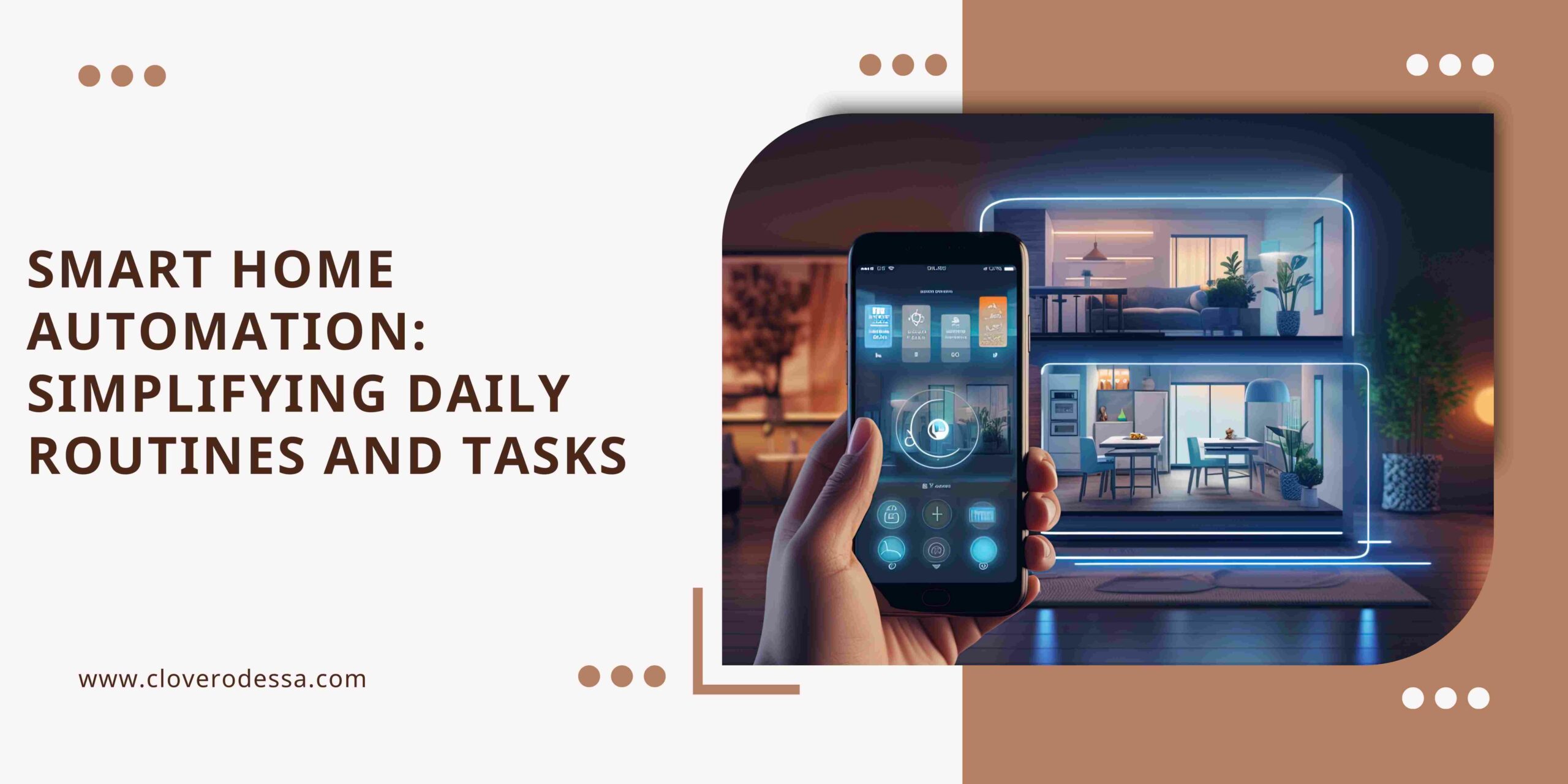Technology has now gone into every corner of our lives in this fast world, right from waking up to our rest. Automation technology offers easy convenience and control over various daily aspects of our routines-from assembling breakfast to sleeping. Be it in the advanced security systems of homes, tech-savvy lights, climate control, or even appliances, smart technology has made it possible to enhance every aspect of life.
Enhanced Convenience with Voice and App Controls
The most significant benefit of smart home automation is the possibility to control various functions. One may give a voice assistant just a few words or even tap a couple of times on the smartphone to control different functions in the house. Such a feature is especially handy for managing tasks without having to interrupt your daily routine. Whether it is turning up the thermostat on a very cold morning, switching off the lights after settling down in bed, or simply checking out who is knocking at the door, every little aspect can be well controlled using smart home devices.
To an extent, voice-enabled assistants such as Amazon Alexa, Google Assistant, and Apple’s Siri have made the controls available for these, too. All one has to say is, “Alexa, turn off the lights,” or “Hey Google, lock the doors.” Everything else is controlled hands-free, and hassle-free from anywhere else.
Automating Climate and Lighting for Comfort
Home automation goes a step further in terms of personalization and efficiency with climate and lighting control. For example, a smart thermostat such as Nest or Ecobee learns your habits, thereby optimizing heating and cooling according to your schedule. For example, if you are one of those who regularly leave for work in the morning, a smart thermostat will teach you to turn down the temperature when you leave and warm up the house before you return to maximize comfort without wasting energy.
Control over lighting has evolved into the art of ambiance. The most common automated lighting systems may be programmed to turn on or off at certain times or respond to motion sensors, making it easy to create a cozy evening atmosphere or light a pathway as you walk through your home.
Streamlining Daily Chores with Smart Appliances
Many people can relate to the fact that most of their daily tasks are usually household work; however, smart appliances save energy and time in every single way. For example, tech-savvy washing machines and dryers can be programmed to come on during off-peak hours to reduce energy expenses, and some even send an alert on your phone when the cycle is complete. Smart refrigerators track the food inventory in your kitchen, track the dates of the expiration of all food items, and even give you recipes of what you can make based on the ingredients available.
Robotic vacuum cleaners, like Roomba, and mopping robots can take care of the spot-cleaning floors needed in hard-to-reach areas. Such appliances can be programmed to work with you away, thus leaving behind a clean space without any effort on your part. In the end, smart appliances can save users more time for things that matter through the tasks of the day.
Boosting Home Security with Smart Surveillance
Home security is an essential aspect of smart home automation, providing peace of mind for homeowners whether they’re home or away. Smart locks, video doorbells, and security cameras can be integrated into a single system, which can be monitored through a smartphone or computer. Smart locks allow homeowners to lock or unlock doors remotely, and they can grant access to guests or service workers without needing a physical key. This function is particularly useful for homeowners who frequently travel or have a busy schedule.
Video doorbells like Ring or Nest enable you to see who’s at your door and speak to them through the built-in intercom. Additionally, some cameras come with motion sensors and night vision, adding a layer of safety even in the dark.
Energy Efficiency and Cost Savings
Smart home automation not only makes life more convenient but also saves energy, thus saving money in the long run. For example, smart thermostats adjust heating and cooling according to occupancy and outside temperature, thus saving energy. Rips that would allow the appliances to be shut off from a remote area so that devices don’t waste energy when they are placed on standby. Certain services even offer usage reports and assist in pinpointing the most energy-consuming areas so that there is less waste incurred. If better control over energy usage is maintained, it certainly helps housekeeping in budget management and contributes towards environmental conservation as well.
Conclusion: Embracing the Future of Home Living
Smart home automation is no longer a concept from the pages of science fiction but a reality that’s here to transform the way we exist. Sure, the initial setup may require an investment, but rewards in the form of convenience, security, and savings are well worth it. With such drastic changes and almost endless available devices, the ability of smart homes to alter the face of everyday life will continue growing virtually without bounds. Embracing a smart home today will help bring us one step closer to a tomorrow that is much more efficient, effortless, and innovative.
